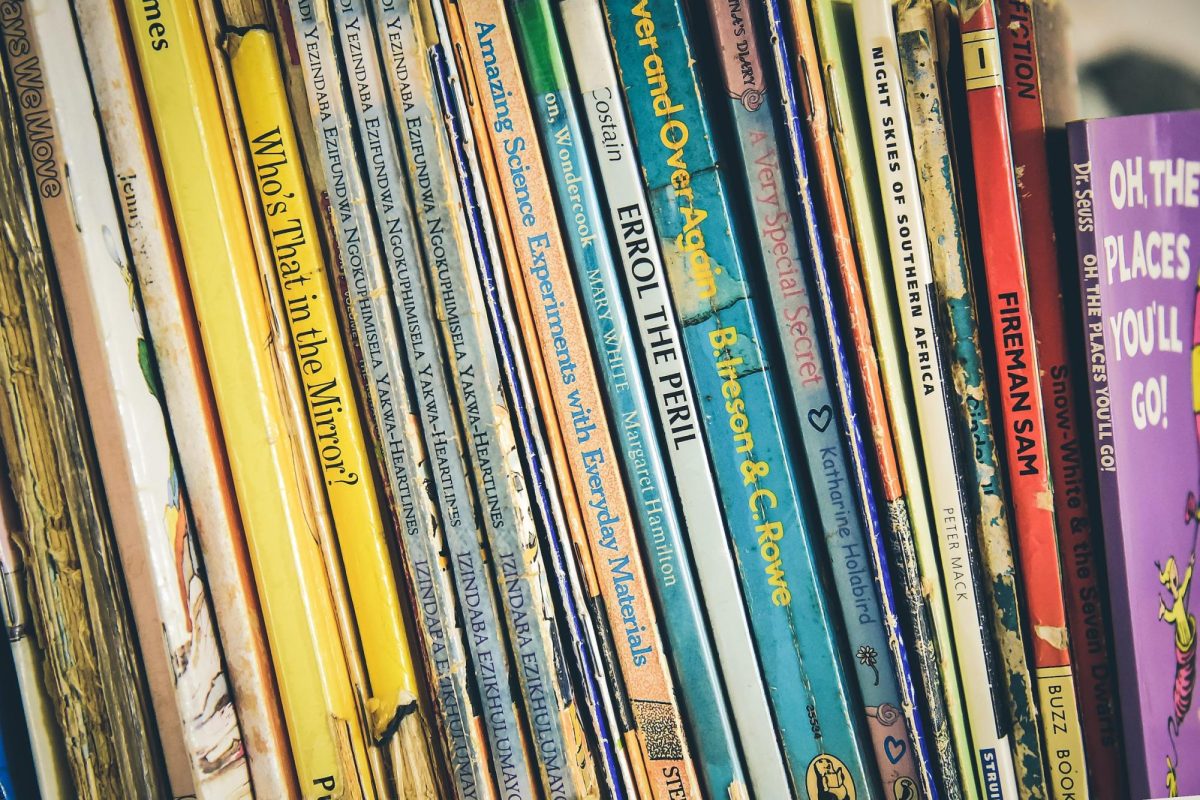Think about your favorite picture book from when you were younger. Think about why it was your favorite. If I had to guess, it would probably be a book you really resonated with as a kid — a book that was fantastical or imaginative, or a book about yourself, or an interest you had and maybe still have. Although, I wasn’t really guessing.
Rudine Sims Bishop is the one who coined the term Mirrors, Windows, and Sliding Glass Doors, a concept used to categorize the ways in which children engage with stories and narratives. Do kids see themselves in the story? Do they get to look into another world? Do they get to immerse themselves in it?
Think about your favorite picture book again. Would you consider it a mirror, a window, or a sliding glass door? Did you tend to gravitate toward one kind of story over another? We read all kinds of stories within these categories. Even the books we read today fall into line.
My point in regurgitating my grad school studies to you is not to flaunt the overwhelming wealth of knowledge I have about children’s books, but rather to show you that no matter the medium, the stories we read impact us in ways beyond the immediate lessons and morals we might learn.
That being said, here is a short list of my favorite and very popular picture books that go beyond the typical “value-teaching”; show us the power of mirrors, windows, and sliding glass doors; and remind us that, just because it’s a “children’s book,” doesn’t mean we cannot enjoy it in our later years:
1.“The Missing Piece” by Shel Silverstein
“The Missing Piece” chronicles a circle, or rather a semicircle searching for another who will “make it whole.” The ultimate lesson is that looking for fulfillment in others is pointless, and we have to find it in ourselves. Reading this as a kid, you may have only conceptually thought about the funny shapes or the rhyming patterns of the story, but as an adult, I find this book very poignant and relatable. I now see it as a mirror into faults of my own and the ways I can move past similar feelings described in the book.
2. “Horton Hears a Who” by Dr. Suess
What would you do if you heard a Who? With lovable characters like Horton to hear about, it’s nice to know he’s doing the right thing by the Whos. With tenacity, drive, and a little bit of spunk, Horton becomes an invaluable hero — someone we are lucky to be able to look at through a window.
3.“Corduroy” by Don Freeman
Ever wonder what it’s like to wander a mall after hours? Well, you can stop all the wondering and instead pick up “Corduroy,” a wonderful tale about a sentient stuffed bear looking for its missing button in the department store it belongs to. It is a quiet, relaxing story that you can dive head-first into and explore the world with Corduroy.
4.“Where the Wild Things Are” by Maurice Sendak
Where imagination becomes a reality, “Where the Wild Things Are” basically kidnaps you, only to thrust you into a world of unimaginable, horrible monsters. But wait, they look familiar and are surprisingly friendly. Maybe this journey won’t be so bad after all. At the end of the day, it’s all in your head anyway…
5.“The Polar Express” by Chris Van Allsberg
I saved this for last in case Christmas isn’t for you. Regardless, this is still a book that brings back a lot of magic for me. If any of you had the Polar Express come to your elementary school, you know what I’m talking about. This book also inspired my love for locomotives and passion for the holidays. You’ll know you’ve arrived at the North Pole, when you can hear Santa’s sleigh bells — but only if you believe!
In all of these cases, reading is believing. These stories aren’t true or founded in any sort of reality, but it is exactly that sentiment that allows us to move so freely between their fantasy worlds. Whether we see ourselves, watch our heroes, or jump in ourselves, we can all take something special away from picture books.
Happy reading!










